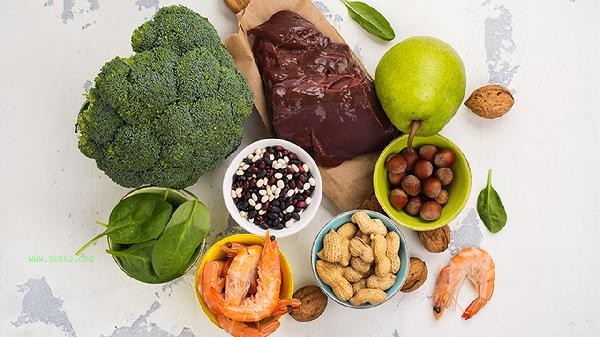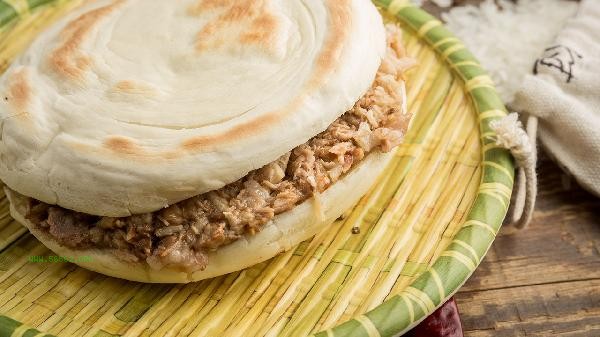Eating grass and doubting life, but the numbers on the weight scale remain unchanged? Don't blame yourself for not working hard enough yet, it's likely that you've fallen into the trap of "fake vegetables". Those high carbon water athletes wearing green coats may have even more amazing calories than rice!

1. These "vegetables" are actually staple foods
1. Potatoes: with a starch content of up to 17%
Steaming potatoes has 76% of the calories of rice, and when made into French fries, it has an oil absorption rate of up to 15%. A large serving of French fries is about 3 bowls of rice calories, and when paired with tomato sauce, an additional 20 grams of sugar will be consumed.
2. Lotus root: Seven hole lotus root has a higher starch content
Crispy lotus root contains about 16% carbohydrates, while powdered lotus root can reach up to 20%. In pork rib and lotus root soup, about 8 grams of oil are absorbed for every 100 grams of lotus root chunks. One bowl of soup is equivalent to eating half a bowl of rice and two spoons of oil.
3. Peas: The "sugar explosion" in legumes
Fresh peas have a carbohydrate content of 21%, while sun dried green beans can reach up to 60%. 100 grams of stir fried peas equals 1.5 bowls of rice calories, and the crispy peas used as snacks also require an additional 15% oil.
2. Selection Guide for True Weight Loss Vegetables
1. Leafy Vegetables: Spinach, Oil Wheat Vegetables, Lettuce
Water content exceeds 90%, dietary fiber content is 2-3%. Use lemon juice instead of salad dressing when making cold dishes. Eating 200 grams per meal can increase satiety.
2. Melons and eggplants: Winter melon, loofah, tomato
The calorie content is generally below 25kcal/100g, and citric acid in tomatoes can promote fat metabolism. Note that eggplants have strong oil absorption, it is recommended to steam them instead of frying them. 3. Fungi and algae: Kelp, shiitake mushrooms, and enoki mushrooms
are rich in soluble dietary fiber, and shiitake mushroom polysaccharides can regulate blood lipids. Dried seaweed soaked in water has only one-third of the calories of fresh food, making it the most cost-effective option for making cold dishes.
3. Three misconceptions about vegetable weight loss
1. Eating only salad and not staple food
Long term lack of carbohydrates can lead to a decrease in metabolic rate and retaliatory overeating. It is recommended to ensure 50 grams of brown rice or whole wheat bread per meal.
2. Replace vegetables with fruits
Apples have 10 times the sugar content of lettuce, and avocados have calories comparable to pork belly. Daily fruit intake should be controlled within 200 grams.
3. Superstition for "negative calorie vegetables"
Chewing celery consumes only 7% of the intake of calories, and taking grapefruit with medication may cause poisoning. No food can make you lose weight the more you eat.
IV. The secret of eating vegetables scientifically without gaining weight
1. Eat soup before eating vegetables
Choose low-fat soups such as laver Egg&vegetable soup, and the order of eating can reduce the intake of staple food by 15%.
2. Rainbow Matching Rule
Eat 5 different colored vegetables every day, with purple being rich in anthocyanins and orange containing beta carotene.
3. Control cooking oil
Blanching and steaming are the best methods, and when stir frying, use a spray can to control the oil level within 5 grams.
The "vegetables" we wrongly accused in those years have finally come to light. Remember this simple selection principle: leaves are better than roots, raw ones are better than ripe ones, and light ones are better than salty ones. Starting tomorrow, don't let fake vegetables steal your weight loss results anymore!








Comments (0)
Leave a Comment
No comments yet
Be the first to share your thoughts!